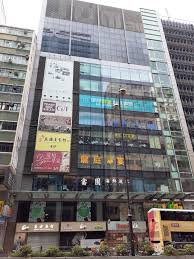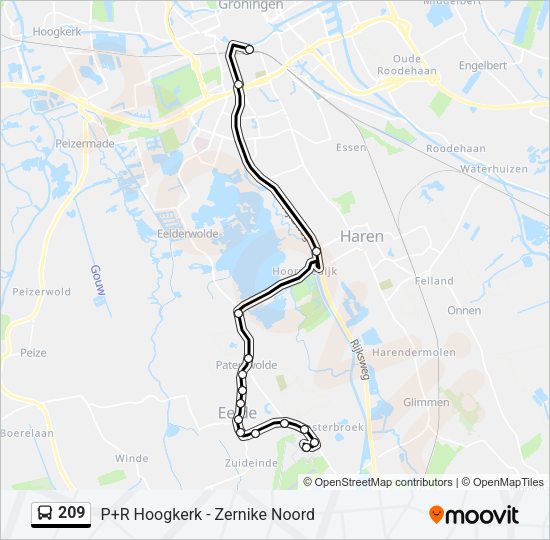
Introduction
The Obama Library, officially known as the Barack Obama Presidential Center, is a significant development in the realm of cultural heritage and education. Located in Chicago, Illinois, this library not only memorializes the presidency of Barack Obama but also serves as a community hub, aiming to inspire future generations. Its relevance in today’s society rests on its potential to foster community engagement, promote education, and highlight the importance of civic involvement.
Details and Developments
The Obama Presidential Center is expected to open its doors officially in 2026. The center will include the presidential library, museum, and various community spaces, set within a sprawling 19.3-acre park. This project has seen extensive planning since its announcement in 2014, with the potential to draw an estimated 750,000 visitors annually. Led by the Obama Foundation, it aims to provide a platform for leadership and education.
The site will feature an interactive museum that chronicles the life and presidency of Barack Obama, emphasizing themes such as democracy, civil rights, and global citizenship. Additionally, the center will offer programs focused on youth engagement and leadership development, reflecting Obama’s commitment to public service.
In recent months, construction has progressed significantly, with announcements regarding the completion of key structures expected in late 2024. The foundation has also been actively engaging with local communities, hosting events to involve residents and hear their input on the center’s development.
Community Impact and Significance
The impact of the Obama Library extends beyond its physical structures. The center is designed to serve as a focal point for community engagement. Plans include partnerships with local schools and organizations to promote educational initiatives and civic participation. This aligns with Obama’s vision of empowering citizens to engage in their communities and advocate for change.
Furthermore, the center is a part of a larger trend of presidential libraries evolving into centers of community learning and leadership rather than merely archives of presidential history. As the construction continues, the emphasis remains on accessibility, sustainability, and the integration of technology to create a modern learning environment.
Conclusion
The Obama Library stands as more than just a tribute to a former president; it is a catalyst for community growth, education, and civic engagement. As the opening approaches, it is anticipated that this landmark will greatly influence Chicago and beyond. With the Obama Foundation’s commitment to inclusivity and educational outreach, this center is poised to become a beacon of hope and progress, encouraging individuals to envision and work towards a better future.






